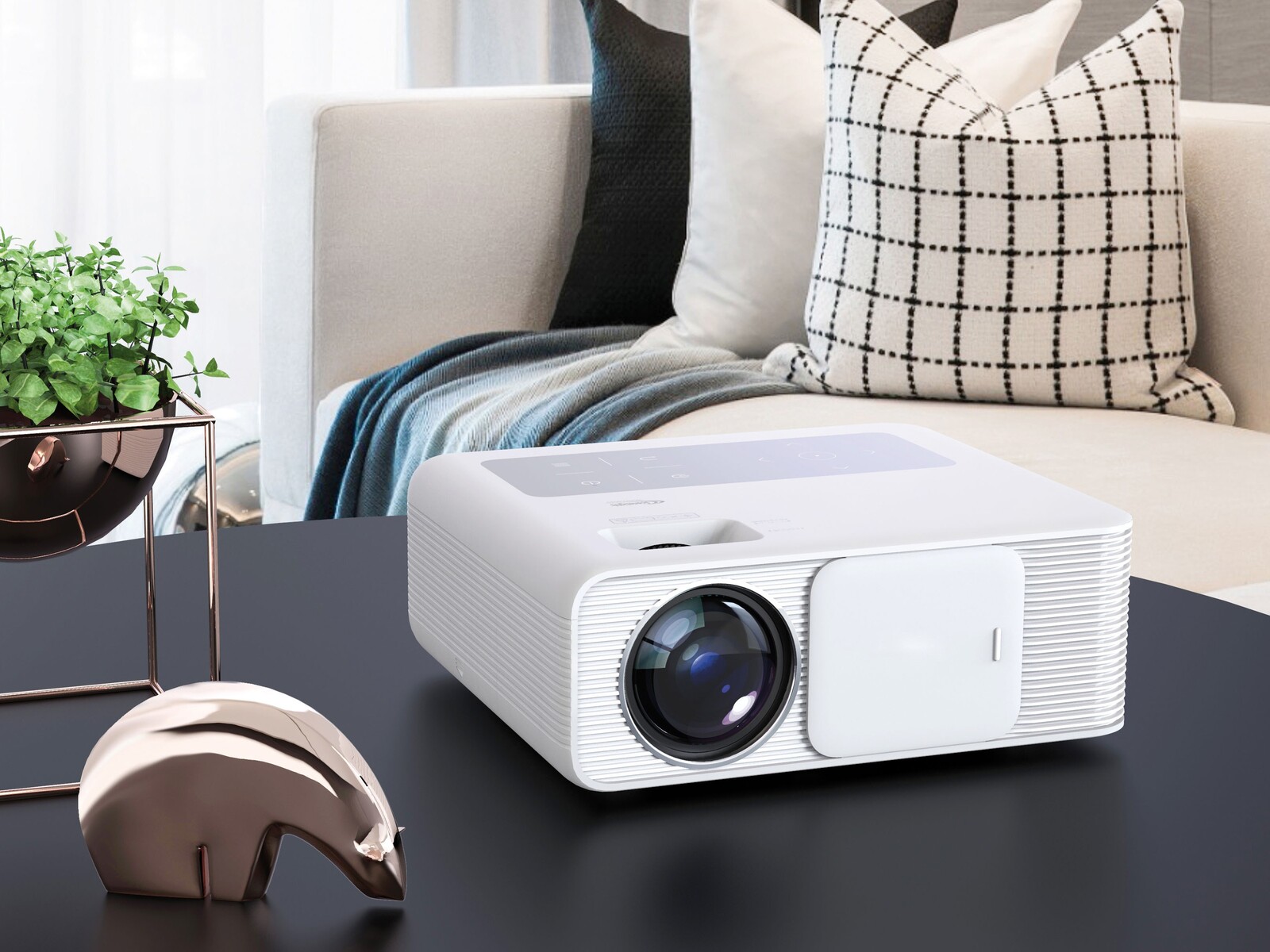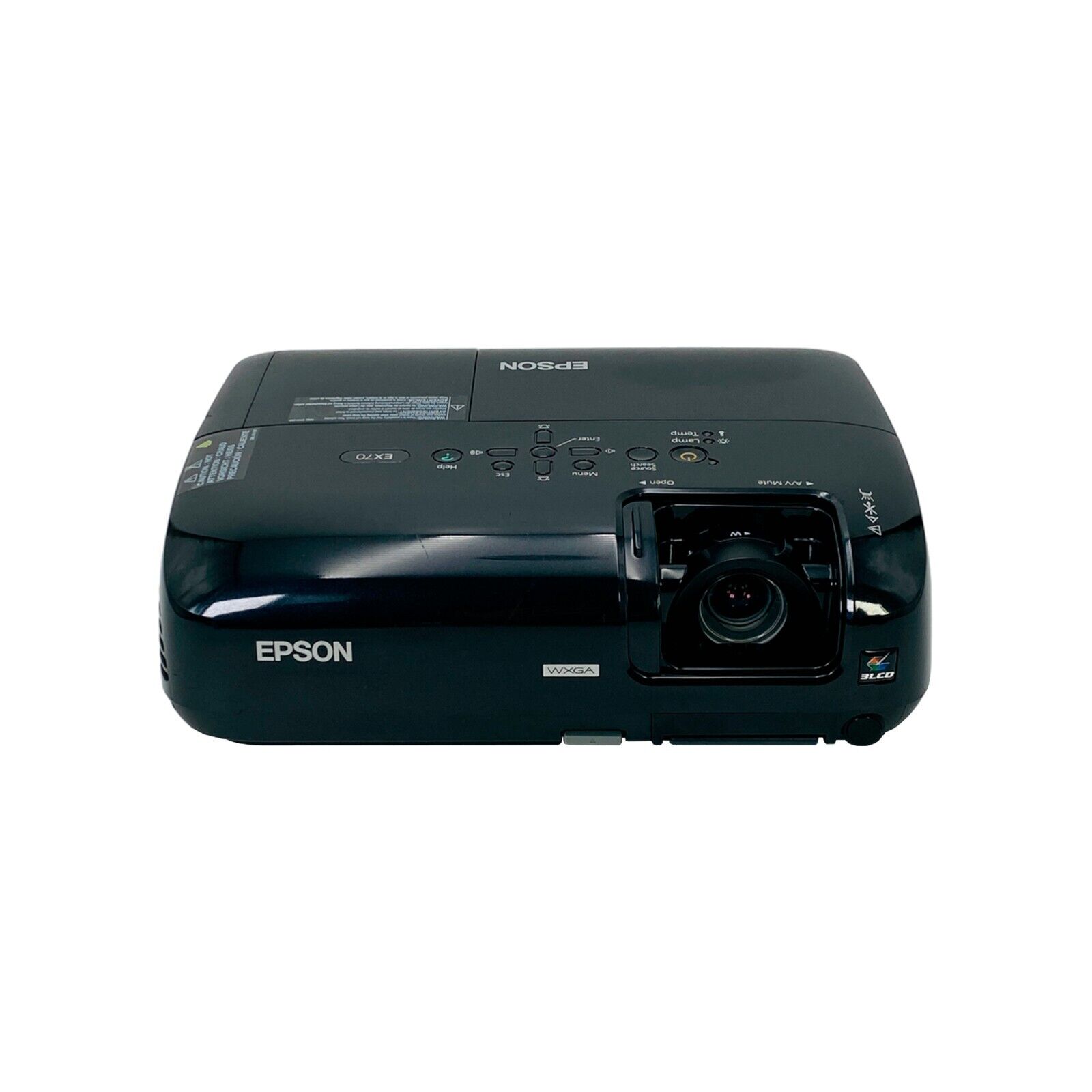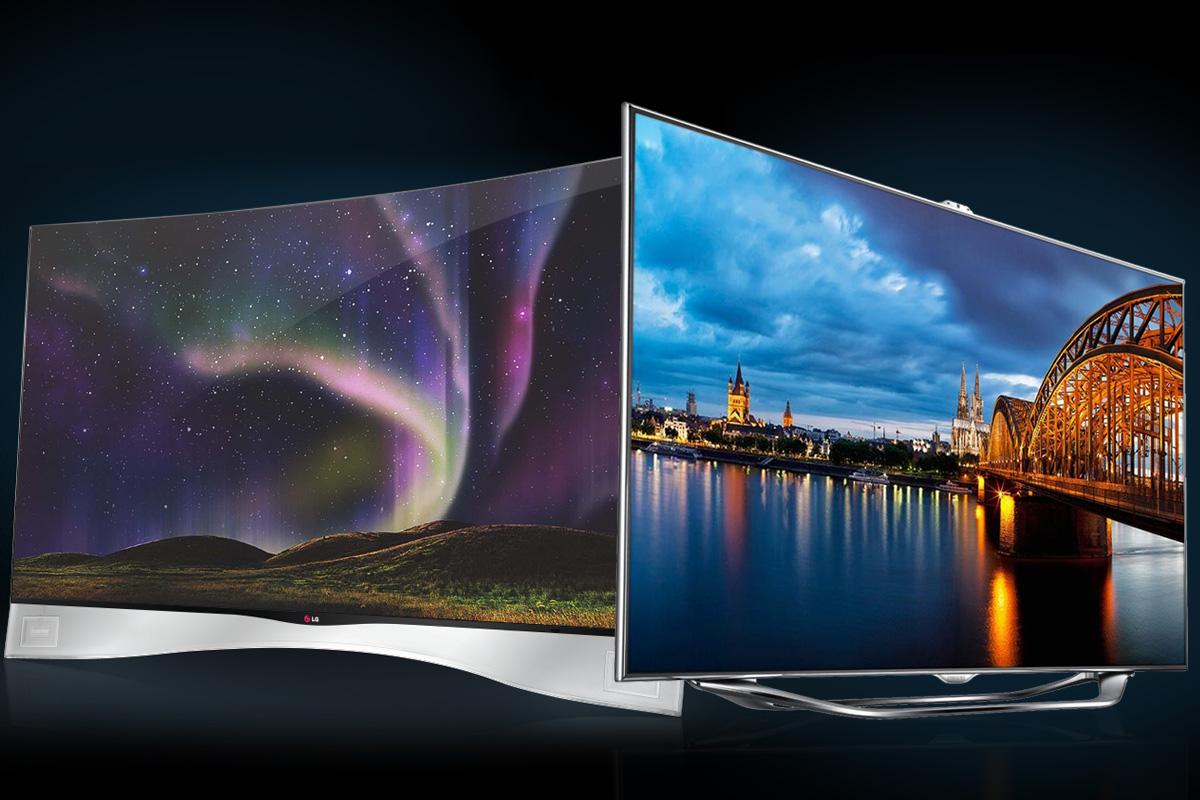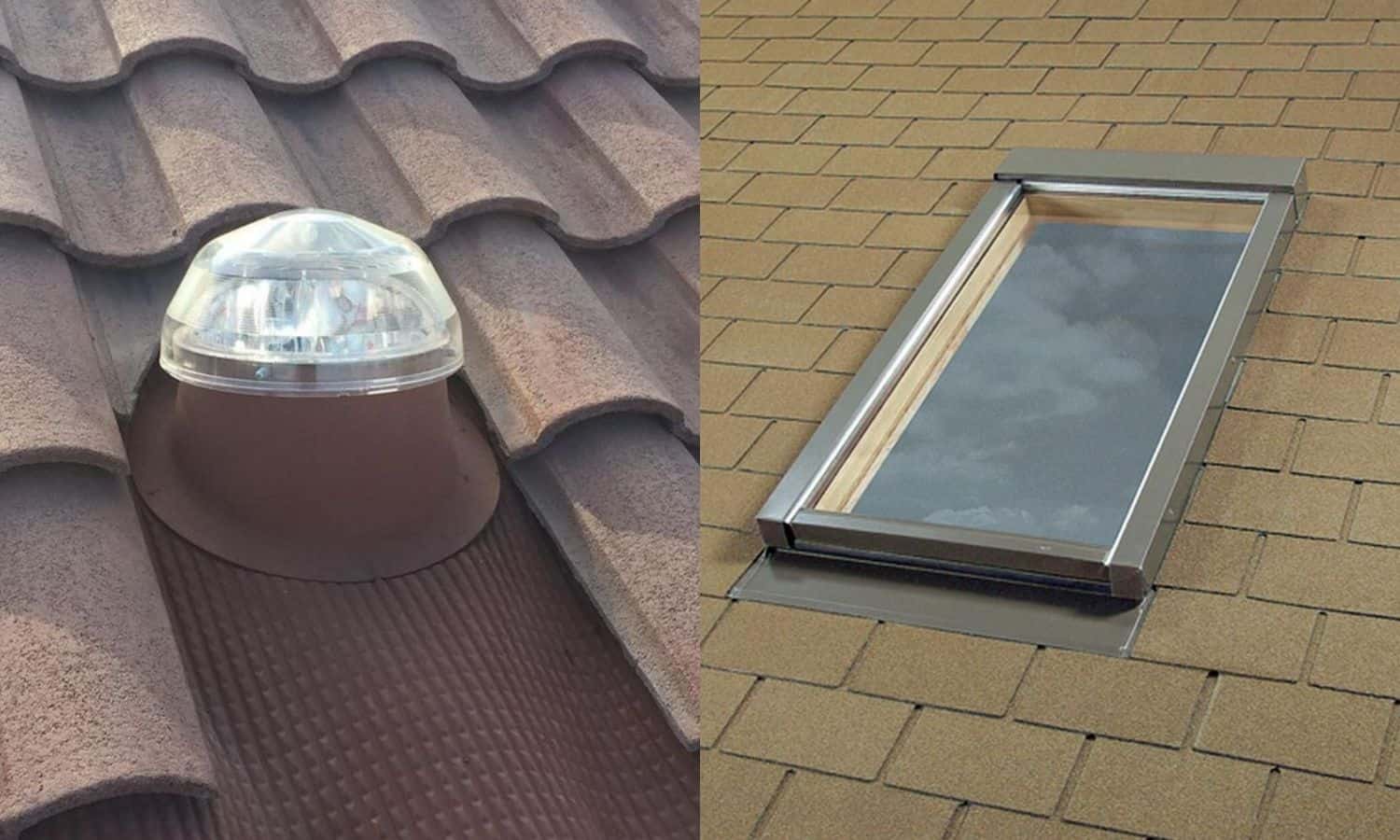Home>Technology>Home Entertainment Systems>LED Or LCD Projector: Which Is Better


Home Entertainment Systems
LED Or LCD Projector: Which Is Better
Modified: January 4, 2024
Looking to enhance your home entertainment system? Discover the differences between LED and LCD projectors to find out which one is better for your setup. Choose the perfect projector for your viewing needs.
(Many of the links in this article redirect to a specific reviewed product. Your purchase of these products through affiliate links helps to generate commission for Storables.com, at no extra cost. Learn more)
**
Introduction
**
When it comes to creating a captivating home entertainment system, the choice of a projector plays a pivotal role in defining the overall viewing experience. The ongoing debate between LED and LCD projectors has left many consumers pondering over which option reigns supreme. Both technologies have their unique strengths and limitations, making the decision a nuanced one. In this comprehensive guide, we will delve into the intricate details of LED and LCD projectors, shedding light on their technological disparities, image quality, brightness, energy efficiency, portability, and cost. By the end of this journey, you will gain a profound understanding of these two projector types, empowering you to make an informed decision that aligns with your home entertainment aspirations. Let's embark on this enlightening exploration to unravel the mysteries of LED and LCD projectors.
Key Takeaways:
- LED projectors excel in vibrant colors and are ideal for home theaters, while LCD projectors offer exceptional brightness for professional settings. Understanding their differences helps create the perfect home entertainment experience.
- LED projectors are energy-efficient and portable, making them great for on-the-go entertainment, while LCD projectors have become more affordable and offer long-term cost efficiency. Both options cater to diverse consumer needs and preferences.
Read more: Which Is Better: Plasma Or LCD Television?
Technology Comparison
Before delving into the specific attributes of LED and LCD projectors, it’s essential to grasp the fundamental technological disparities between the two. LED projectors utilize light-emitting diodes to generate the light source, resulting in vibrant and long-lasting colors. In contrast, LCD projectors rely on liquid crystal displays to modulate light and produce images. This variance in technology forms the cornerstone of their divergent performance metrics.
LED projectors boast a superior color gamut and contrast ratio, delivering images with striking depth and realism. The advanced LED technology enables these projectors to achieve a wider spectrum of colors, thereby enhancing the visual appeal of the projected content. On the other hand, LCD projectors are renowned for their exceptional brightness uniformity and sharpness, making them a compelling choice for presentations and data visualization.
Understanding the underlying technology empowers consumers to discern the unique strengths of LED and LCD projectors, enabling them to align the projector’s capabilities with their specific usage scenarios. This insight forms the bedrock for evaluating the image quality, brightness, energy efficiency, portability, and cost aspects of these projectors, which we will explore in detail.
Image Quality
When evaluating the image quality of LED and LCD projectors, several factors come into play, ultimately shaping the visual experience. LED projectors, renowned for their vibrant colors and high contrast ratios, excel in producing rich and immersive visuals. The utilization of light-emitting diodes enables these projectors to render a wide spectrum of colors with remarkable accuracy, resulting in captivating and lifelike imagery. This makes LED projectors an ideal choice for home theaters and cinematic experiences, where color fidelity and depth are paramount.
On the other hand, LCD projectors are celebrated for their exceptional sharpness and brightness uniformity. The precise modulation of light by liquid crystal displays ensures that images are rendered with remarkable clarity and detail, making LCD projectors a preferred option for presentations, data visualization, and environments with ambient light. The ability to maintain consistent brightness across the entire projection surface further enhances the appeal of LCD projectors in professional settings.
It’s important to note that both LED and LCD projectors have evolved significantly, with advancements in technology continually refining their image quality. As a result, modern iterations of both projector types offer impressive visual performance, catering to a diverse array of consumer preferences and usage scenarios.
By comprehending the distinct strengths of LED and LCD projectors in terms of image quality, consumers can align their choice with the specific demands of their intended use, whether it be for cinematic indulgence, professional presentations, or versatile multimedia applications. This nuanced understanding forms the cornerstone for making an informed decision that elevates the home entertainment experience to new heights.
Brightness
When it comes to brightness, LED and LCD projectors offer distinct advantages, each tailored to different viewing environments and usage scenarios. LED projectors, leveraging the illumination prowess of light-emitting diodes, deliver impressive brightness levels while maintaining energy efficiency. This makes them well-suited for dimly lit or darkened home theater setups, where the ability to project vibrant and well-defined images is paramount. Additionally, the longevity of LED light sources ensures consistent brightness over extended periods, contributing to a reliable and enduring viewing experience.
On the other hand, LCD projectors are revered for their exceptional brightness uniformity, making them an ideal choice for environments with ambient light or when large-scale projections are required. The precise modulation of light by liquid crystal displays enables LCD projectors to maintain consistent brightness across the entire projection surface, ensuring that every corner of the screen is illuminated with equal intensity. This attribute is particularly advantageous in professional settings, such as conference rooms or classrooms, where optimal visibility is imperative.
It’s worth noting that advancements in both LED and LCD technologies have led to significant enhancements in brightness levels, resulting in projectors that cater to a diverse range of lighting conditions and viewing environments. Whether it’s the immersive brightness of LED projectors in home theaters or the uniform luminance of LCD projectors in professional settings, consumers can leverage these distinct capabilities to tailor their projector choice to their specific needs.
By understanding the nuanced interplay between brightness and the underlying technologies of LED and LCD projectors, consumers can make informed decisions that align with their intended usage scenarios, ensuring a visually compelling and immersive viewing experience that transcends conventional boundaries.
When choosing between an LED and LCD projector, consider the brightness and energy efficiency of LED projectors, while also considering the color accuracy and cost-effectiveness of LCD projectors. Choose the one that best fits your specific needs and budget.
Energy Efficiency
Energy efficiency is a pivotal consideration in the realm of home entertainment, and LED and LCD projectors offer distinct approaches to addressing this crucial aspect. LED projectors, harnessing the energy-efficient nature of light-emitting diodes, are renowned for their low power consumption and prolonged operational lifespan. The inherently efficient light emission process of LEDs not only contributes to reduced energy usage but also ensures that the projector remains cool during extended usage, enhancing overall reliability and longevity.
Conversely, LCD projectors, while traditionally consuming more power than their LED counterparts, have made significant strides in improving energy efficiency. Through advancements in lamp and cooling system technologies, modern LCD projectors have mitigated energy consumption while maintaining optimal performance, making them a viable choice for consumers seeking a balance between energy efficiency and visual prowess.
Furthermore, the eco-friendly attributes of LED and LCD projectors extend beyond energy efficiency, with both technologies significantly reducing the environmental impact associated with traditional lamp-based projectors. The longevity of LED light sources and the enhanced energy efficiency of LCD projectors contribute to a sustainable and eco-conscious approach to home entertainment, aligning with the contemporary ethos of environmental responsibility.
By comprehending the energy-efficient attributes of LED and LCD projectors, consumers can make informed choices that not only elevate their home entertainment experience but also contribute to a greener and more sustainable lifestyle. Whether it’s the inherent efficiency of LED projectors or the refined energy-conscious design of LCD projectors, the quest for an environmentally responsible and visually captivating home entertainment system finds resonance in the realm of modern projection technologies.
Read more: Which Is Better: Projector Or TV
Portability
Portability is a crucial factor for consumers seeking flexibility in their home entertainment setups, and both LED and LCD projectors offer distinct advantages in this domain. LED projectors, characterized by their compact form factors and lightweight design, are inherently portable, making them an ideal choice for users who prioritize versatility and on-the-go entertainment. Whether it’s setting up impromptu outdoor movie nights or seamlessly integrating the projector into different rooms, the portability of LED projectors lends itself to dynamic and adaptable usage scenarios.
Conversely, LCD projectors, while traditionally larger and heavier than their LED counterparts, have evolved to offer enhanced portability without compromising on performance. Modern LCD projectors feature streamlined designs and ergonomic enhancements, making them more manageable for users who require a degree of mobility without sacrificing the visual impact and functionality of a projector.
Furthermore, the portability of LED and LCD projectors is complemented by the seamless integration of wireless connectivity and smart features, enabling users to effortlessly stream content from various devices and platforms. This convergence of portability and connectivity empowers consumers to create immersive entertainment experiences in diverse settings, transcending the confines of traditional viewing spaces.
By understanding the portability attributes of LED and LCD projectors, consumers can align their choice with their specific lifestyle and usage preferences, whether it involves seamless mobility for outdoor gatherings or the flexibility to transform any space into a captivating entertainment hub. The fusion of portability, connectivity, and visual prowess underscores the transformative potential of modern projection technologies, enriching the home entertainment landscape with boundless possibilities.
Cost
Cost considerations play a pivotal role in the decision-making process when selecting a projector for home entertainment, and LED and LCD projectors present distinct cost dynamics that cater to diverse consumer preferences. LED projectors, known for their longevity and low maintenance requirements, offer a compelling cost-effective proposition over the long term. The extended lifespan of LED light sources translates to reduced replacement and maintenance costs, contributing to a financially sustainable investment for users seeking enduring and reliable performance.
On the other hand, LCD projectors, while traditionally associated with higher upfront costs and periodic lamp replacements, have witnessed a gradual reduction in pricing, making them more accessible to a broader consumer base. The evolving affordability of LCD projectors, coupled with advancements in lamp longevity and operational efficiency, presents an enticing value proposition for users who prioritize a balance between initial investment and long-term cost considerations.
Furthermore, the cost dynamics of LED and LCD projectors are influenced by their respective technological advancements, with both projector types offering a spectrum of feature-rich options across various price points. From entry-level models to premium offerings with advanced functionalities, consumers have the flexibility to tailor their projector choice to their budgetary constraints while accessing a diverse array of performance attributes.
By comprehending the cost dynamics of LED and LCD projectors, consumers can make informed decisions that align with their financial objectives and long-term investment outlook. Whether it’s the enduring cost efficiency of LED projectors or the evolving affordability of LCD projectors, the quest for a captivating home entertainment system finds resonance in the diverse and accessible landscape of modern projection technologies.
Conclusion
The realm of home entertainment is enriched by the dynamic interplay of LED and LCD projectors, each offering a distinct tapestry of technological prowess, visual performance, and practical attributes. As consumers embark on the quest to create captivating viewing experiences within their homes, the choice between LED and LCD projectors becomes a nuanced exploration of preferences, priorities, and usage scenarios.
From the vibrant color reproduction and high contrast ratios of LED projectors to the exceptional brightness uniformity and sharpness of LCD projectors, the distinct strengths of each technology cater to diverse viewing environments and content types. The evolving landscape of energy efficiency, portability, and cost further amplifies the multifaceted nature of LED and LCD projectors, presenting consumers with a spectrum of choices that align with their unique aspirations and practical considerations.
As advancements in projection technologies continue to redefine the boundaries of home entertainment, the decision-making process becomes an exercise in discerning the intricate balance between visual performance, practicality, and long-term value. Whether it’s the immersive cinematic indulgence facilitated by LED projectors or the versatile adaptability of LCD projectors in professional and casual settings, the journey towards an enriching home entertainment system is imbued with boundless possibilities.
Ultimately, the choice between LED and LCD projectors transcends the realm of technology, evolving into a personalized narrative that reflects the aspirations, preferences, and lifestyle of the consumer. This narrative, woven into the fabric of modern projection technologies, culminates in an immersive and captivating home entertainment experience that resonates with the essence of individuality and expression.
As the curtain falls on this exploration, the stage is set for consumers to embark on their own odyssey, leveraging the transformative potential of LED and LCD projectors to craft unforgettable moments and bring their entertainment visions to life within the comfort of their homes.
Frequently Asked Questions about LED Or LCD Projector: Which Is Better
Was this page helpful?
At Storables.com, we guarantee accurate and reliable information. Our content, validated by Expert Board Contributors, is crafted following stringent Editorial Policies. We're committed to providing you with well-researched, expert-backed insights for all your informational needs.















0 thoughts on “LED Or LCD Projector: Which Is Better”